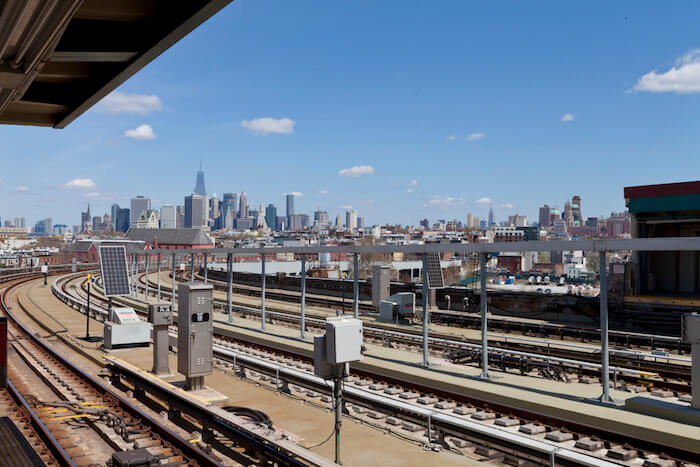In the Event of a Fare Hike: Count Your Subway Blessings, NYC
We’ve been watching the horizon for an MTA fare hike for a few weeks now, and we’re getting a little nervous. As it stands, the agency needs to double the amount of funding it’s been able to lay hands on for its $32 billion capital campaign. If they need to borrow that money, subway fares could go up by as much as 15 percent. Proposals to raise or institute bridge tolls across the five boroughs have been proposed, but may be unlikely. Even under threat of city life getting more expensive, there are still a few big reasons to be grateful we live here, instead of somewhere else.
For a start, with 21 subway lines (and two train shuttles) across 468 stations, the MTA never fully stops running. Other city subway systems have “last trips” each night, whatever those are, and though, true, construction and weekend schedules sometimes throw a kink in our day-to-day easy transport—”Trains are only running every twenty minutes?!”—but overall, life’s not so hard.
A second advantage, especially while we all commute in quietly ignored fear of ebola, is that New York City subway cars can be thoroughly cleaned as needed. Washington, DC’s Metro system boasts cleanliness in its upholstered cars because eating and drinking is forbidden on trains. If only McDonald’s were the greatest threat to public transit. Anyone who has witnessed the sad, sad fate of a subway puker will find strange comfort in our subway’s hard plastic seats and spot-concealing floors.
But perhaps the greatest virtue of the New York City subway system is its egalitarian price structure: A single ride costs $2.50 (for now), whether you’re going from Grand Central to Union Square or from Harlem to Canarsie. Other cities charge based on travel distance and time of day, with peak and off-peak fare times. London famously has one of the most expensive subway systems of any city, with 9 concentric transit zones circling out from the interior of the city. On this side of the Atlantic, DC holds down the confusing subway championship title with fare zones and peak/off-peak pricing at rush hour as well as on weekend nights.
Such a structure unfairly disadvantages subway riders forced to travel longer distances, who likely can’t afford to live any closer to their work than they already do. A long commute seems punishment enough for someone who can only afford to live on the far-flung outskirts of a city, without adding a financial burden, particularly one heavier than the burden borne by wealthier, more central residents. A former coworker of mine used to commute from Coney Island to East 86th Street every day, but he didn’t pay a dime more than our coworker who commuted just one stop from East 125th.
If the MTA’s capital campaign receives no more funding from Albany, we could be looking at a $2.90 ride one-way. That will be bad news for many New Yorkers, who need to take the train every day but for whom any increase in cost-of-living means a decrease in quality of life. Even if we manage to dodge this hike, MTA fares are set to increase automatically 4 percent each year, beginning in March 2015. It will never be cheap to live here, or take the train, but we can at least be glad that $2.90 or $3.50 or $7.80 will take us as far as we need to go.
Follow John Sherman on Twitter @_john_sherman.
You might also like 





















